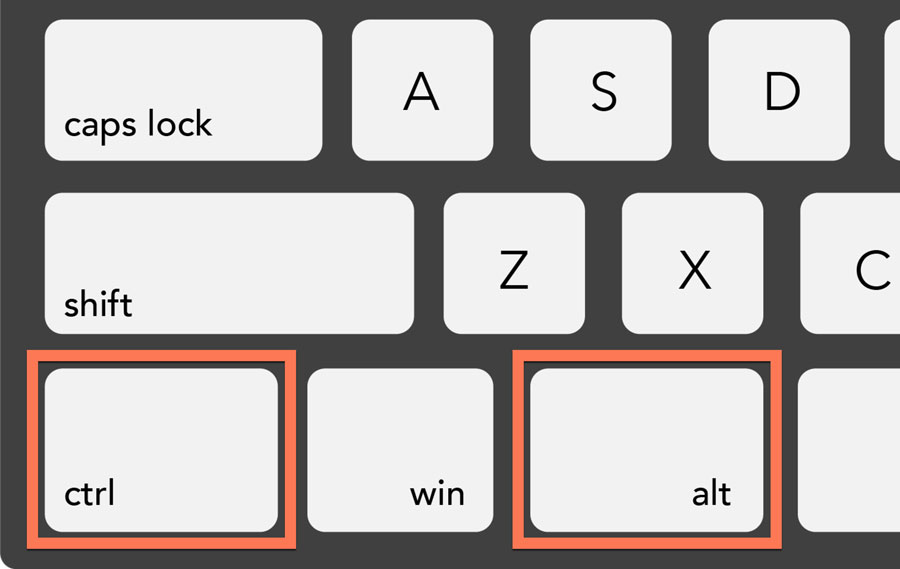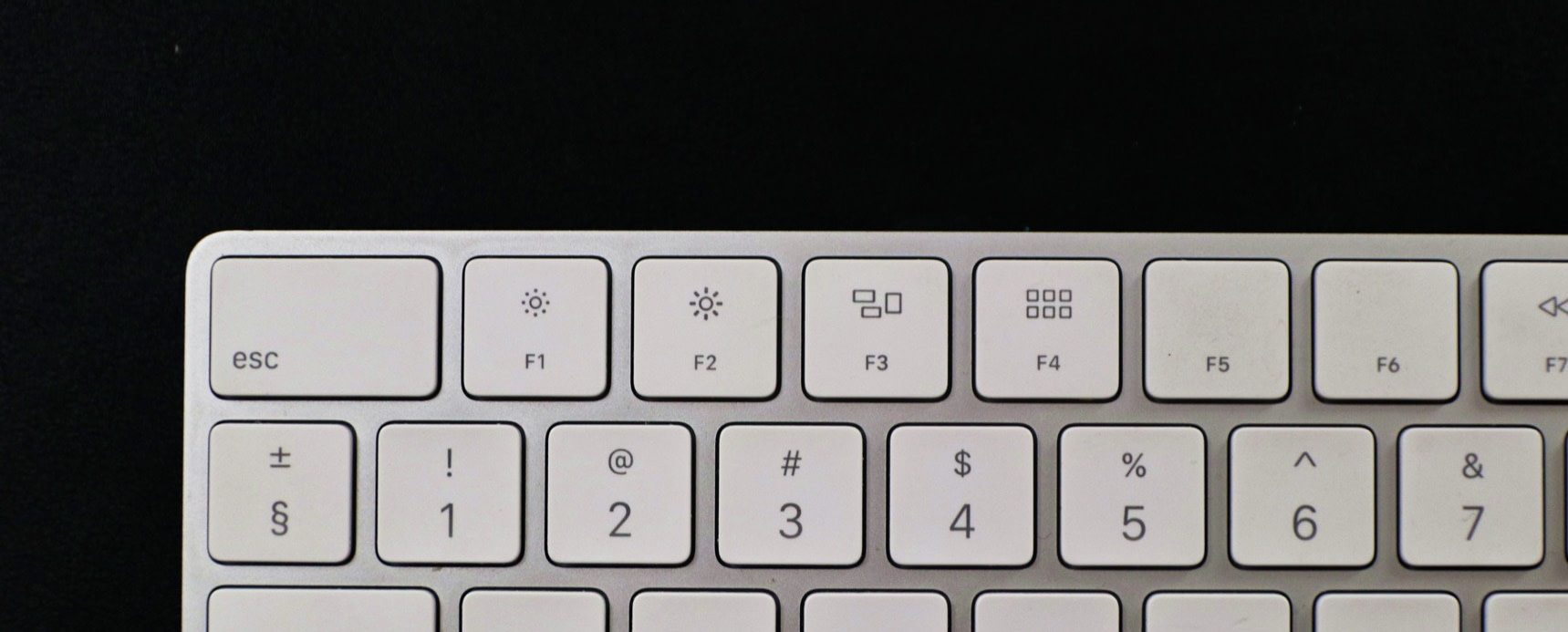
Working with Text Only work in some apps (Safari, Mail, TextEdit, etc.) Action Pinch on a trackpad or hold Cmd and hit + (plus) to zoom in or - (minus) to zoom out. Zoom In/Out in Quick Look (Images & PDFs) On a trackpad can also tap with 3 fingers. Open Quick Look (Previews most types of files without having to open them) Move or Remove item in toolbar (at the top of the window). Hide/Show Toolbar (on the top) and the Sidebar May be a comma (,) instead of period for some languages. Toggle Hidden Files (Show Hidden Files or Hide Them). Undo the last action (such as rename file, copy file, etc.) Show Inspector (a single, live refreshing Info window)

Move selected files to the Trash (called the Recycle Bin in Windows)Įmpty the Trash with warning (like emptying Recycle Bin in Windows)Įmpty the Trash with no warning (like emptying Recycle Bin in Windows)Ĭancel a drag-n-drop action while in the midst of dragging Immediately Delete a File (does not put file in Trash) Move a file instead of copying (Copies to the destination and removes it from the original disk.) Option Double-Click column divider (or the resize widget at the bottom of the column divider, depending on your setup)Ĭopy and Paste files Exactly (Keeps original ownership & permissions. Resize all columns to fit their longest file names (Column View) Resize one column to fit the longest file name (Column View)ĭouble-Click column divider (or the resize widget at the bottom of the column divider, depending on your setup) Select the next icon in Icon and List views Go into selected folder or open the selected file The output for the above command ( Figure E) would tell you how much space is being used by that filesystem.Open Sidebar item in a new Tab or Window (depending on Finder Preferences) The command for this would be: btrfs fi df /media/jlwallen/AUDIO So let's say you need to find out how much space is being used on /media/jlwallen/AUDIO. The btrfs command works with mount points instead of device names.
#I was told to use control command h for a mac but i have a pc install#
In order to use this software, you will have to install the btrfs-tools package with one of the following commands (depending upon your distribution): sudo apt install btrfs-tools Now we're going to examine disks that make use of the btrfs file system. The more specific you get, the more specific your results. For example, the following command will report which subdirectories are using up the most space in a directory that was reportedly gobbling up a significant amount of storage: du -a /jlwallen/media/HALEY | sort -n -r | head -n 10 You can then get more specific by running the above command on one of the reported directories. Once the report comes back ( Figure D), you'll see how much space the top ten directories are taking up. The above command takes the results of du and pipes them to the sort command, which then pipes those results to the head command.

The command for this would look something like this: du -a / | sort -n -r | head -n 10 The du command will do this for you (but it will take quite some time, depending on how many drives and how much data you have on your system). Let's say you need to find the top ten largest directories on your system. If you issue the du command with no options, it will report back every file in the working directory (as well as every file in subdirectories). What is taking up so much space? Let's use the du command to find that out. Say, for instance, you've used the df command to discover that one drive is nearly full. This makes it really easy to track down those directories that are eating up the largest portion of precious storage.

The du command allows you to see what directories are using your disk space.

The above command will report only the source, used space, and available space for the /dev/sda drive. If you want to get even more specific with your output, you can tell df exactly what you want it to report using the -output option, like so: df -output=source,used,avail /dev/sda


 0 kommentar(er)
0 kommentar(er)
